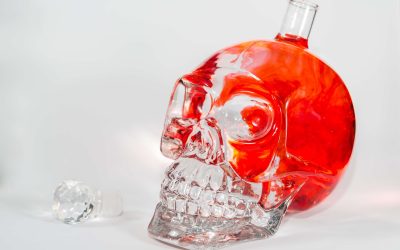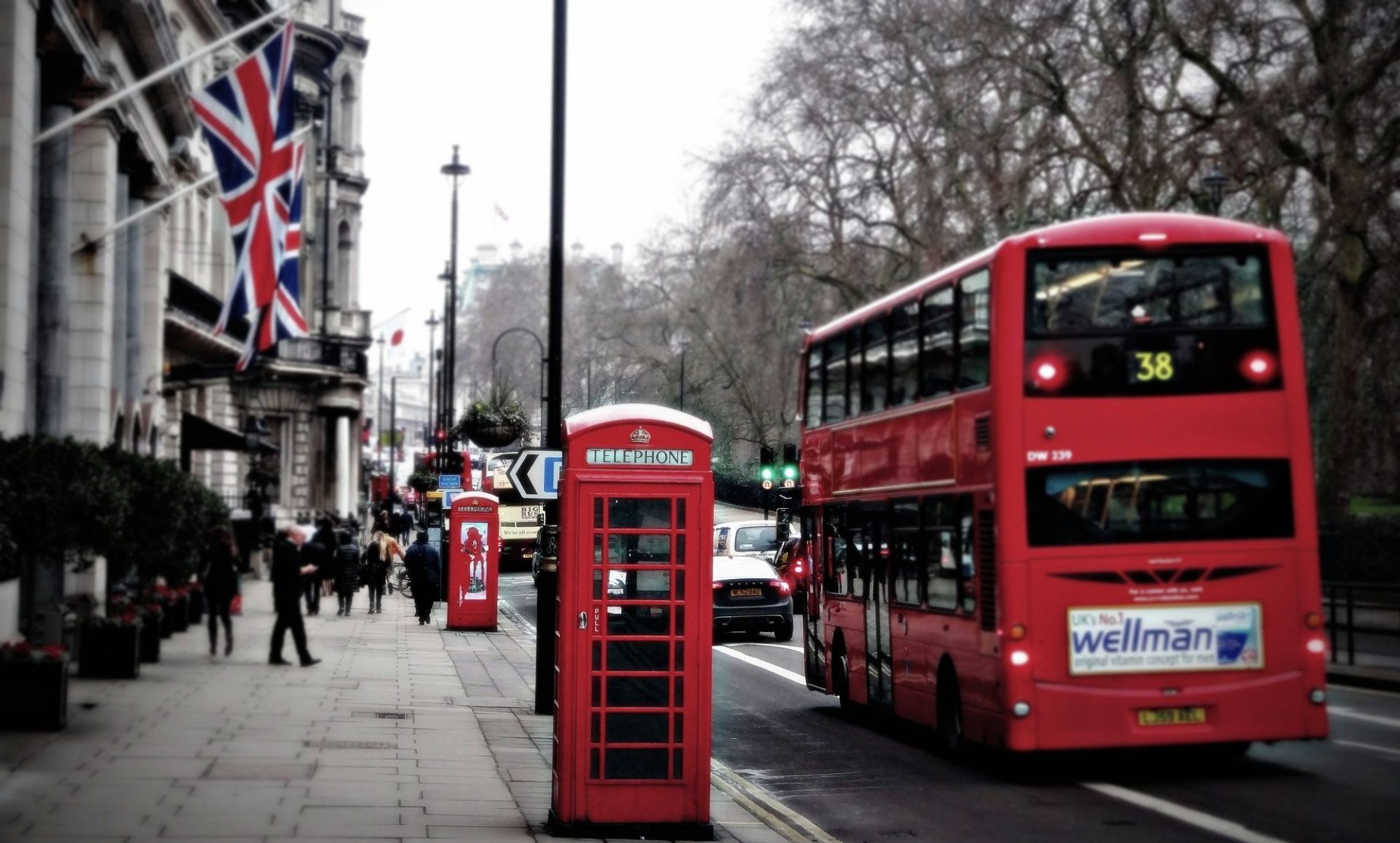The specific molecular pathways and circuits that could serve as the most promising therapeutic targets remain to be delineated (see Outstanding Questions). Another area requiring further research relates to individual differences in resilience how does alcohol affect dopamine and susceptibility to AUD. Future studies are needed to better understand the mechanisms underlying these individual differences. Studies in animal models provide initial hints to possible contributors to these differences.
- Mice carrying a missense mutation in the GIRK channel showed a loss of ethanol-induced analgesia (Kobayashi et al., 1999), and GIRK3 subunit knockout mice showed ethanol conditioned place preference, which was absent in controls (Tipps et al., 2016).
- Any interference with serotonin transporter function extends or diminishes the cells’ exposure to serotonin, thereby disrupting the exquisite timing of nerve signals within the brain.
- For instance, in rats and mice, chronic alcohol use alters the activity of the CeA through dysregulation of endocannabinoid, substance P, and corticotrophin releasing factor signaling [82–84].
Unfortunately, with any substance that increases your level of pleasure there is a risk for addiction. Your brain starts producing an increased amount of dopamine with even one taste of alcohol. The automatic association of pleasure and alcohol makes your brain permanently connect the two. Your brain doesn’t want you to stop drinking after a few drinks, even when your dopamine levels start to deplete. Both your brain and body are chasing that feeling caused by the increased level of dopamine and you are now essentially hooked.
Alcohol’s Actions as a Reinforcer: Dopamine’s Role
Serotonin (5-HT) can bind to receptors that activate proteins within the cell called G proteins. Activation of these proteins, in turn, affects ion channels in the cell membrane and induces the formation of signaling molecules (i.e., second-messenger molecules). Second messengers also can act on ion channels or travel to the nucleus to alter gene expression.
Together, these mechanisms produce long-lasting cellular adaptations in the brain that in turn can drive the development and maintenance of alcohol use disorder. Here, we provide an update on alcohol research, focusing on multiple levels of alcohol-induced adaptations, from intracellular ones to changes in neural circuits. A better understanding of how alcohol affects these diverse and interlinked mechanisms may lead to the identification of novel therapeutic targets and to the development of much-needed novel, efficacious treatment options. The β2 subunit-containing nAChR antagonist DHβE (1 µM) depressed dopamine release in caudate and putamen of control and ethanol subjects (A). Dopamine release was compared across varying train stimulations (6 pulses at the indicated frequencies) before and after nAChR blockade with DHβE (1 µM) in caudate and putamen (B, C; values normalized to single-pulse values before DHβE application).
Gene variants related to DA systems and alcohol dependence
It is also affected by alcohol which causes you to feel sleepy maybe even pass out. This can be incredibly dangerous and is part of the reason why excess alcohol consumption can be fatal. The human brain uses a number of chemicals – known as neurotransmitters – to carry messages. One of the most important of these is dopamine, which is often thought of as a ‘happy hormone’. When we start drinking alcohol, our bodies produce extra dopamine, which travels to the parts of the brain known as ‘reward centres’ – the bits that make us feel good and make us want to do more of whatever we’re doing [1].

For example, the brain cells could produce less serotonin, release less serotonin into the synapse, or take more serotonin back up into the cells. Alternatively, the serotonin metabolite levels in alcoholics could be reduced, because less serotonin is broken down in the brain. To date, the exact mechanisms underlying the changes in serotonin-metabolite levels are still unknown. Together, the studies reviewed earlier illustrate the complexity of AUD, which results from the interaction of the various levels of molecular neuroadaptations in different brain regions and neural circuit changes throughout the brain [127].
Strategies to maintain baseline dopamine for motivation
However, subtypes of the same receptor may respond differently from one another depending on the neuron or on the part of the brain in which the receptor is located. Inhibitory neurotransmitters transiently decrease the responsiveness of other neurons to further stimuli, whereas excitatory neurotransmitters produce the opposite effect. Some neurotransmitters produce longer lasting changes, contributing to processes such as learning and memory. Chemical messengers called neuromodulators modify the effects of neurotransmitters. Ethanol can also interact directly with non-ion-channel targets, including intracellular signaling molecules such as protein kinase C (PKC) (Pany and Das, 2015; Ron and Barak, 2016) and adenylate cyclase (AC) (Yoshimura et al., 2006). The physiological consequences of these effects of ethanol are not fully clear, but roles in the effects of drugs on synaptic transmission are emerging, as discussed later in this review.
- This 44 bp deletion occurs 1 kb upstream from the transcription initiation site of the gene.[53] This is depicted through the following diagram [Figure 4].
- Chemical messengers called neuromodulators modify the effects of neurotransmitters.
- This novel mechanism could have far reaching implications for other drugs of abuse, including alcohol, which are known to increase dopamine levels in the mesolimbic system [72].
- 2Generally, alcohol exposure for more than 1 day is considered chronic, because this time period exceeds the usual duration of a single session of drinking and intoxication.
This group also found no difference in the quinpirole-mediated inhibition of dopamine release between alcohol and control male cynomolgus macaques [24]. It is likely that species, striatal subregion, and intake duration (6 months in the previous study versus 1 year in the present study) differences may account for many of the dissimilarities between studies. It should also be noted that our study is the first to examine long-term alcohol effects on dopamine release in the putamen of NHPs and to demonstrate that acetylcholine driven dopamine release is conserved across rodent and NHP species.
